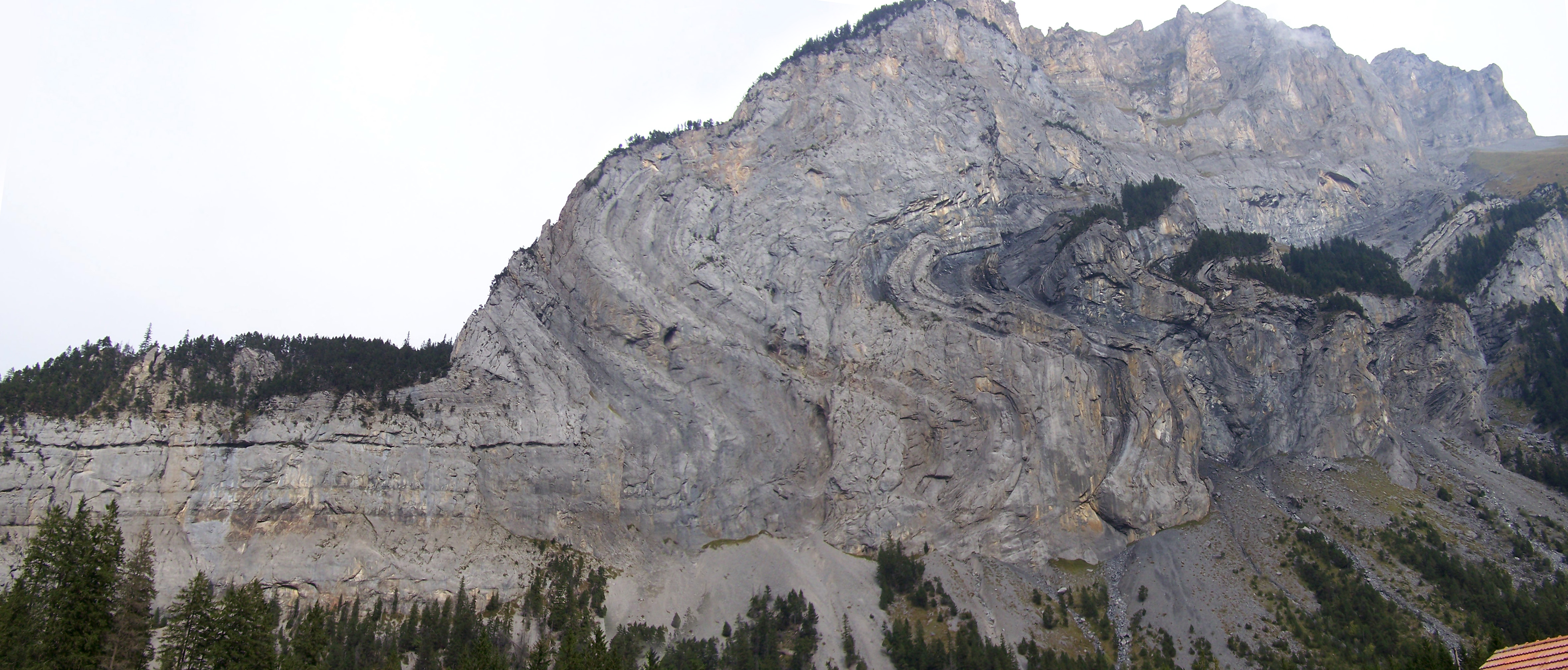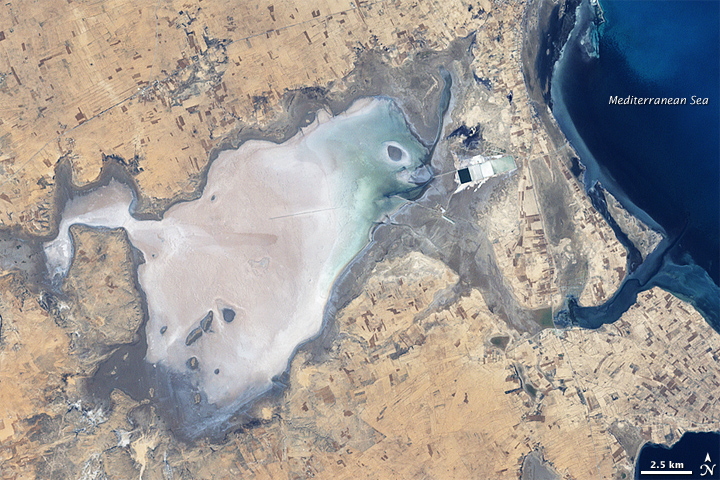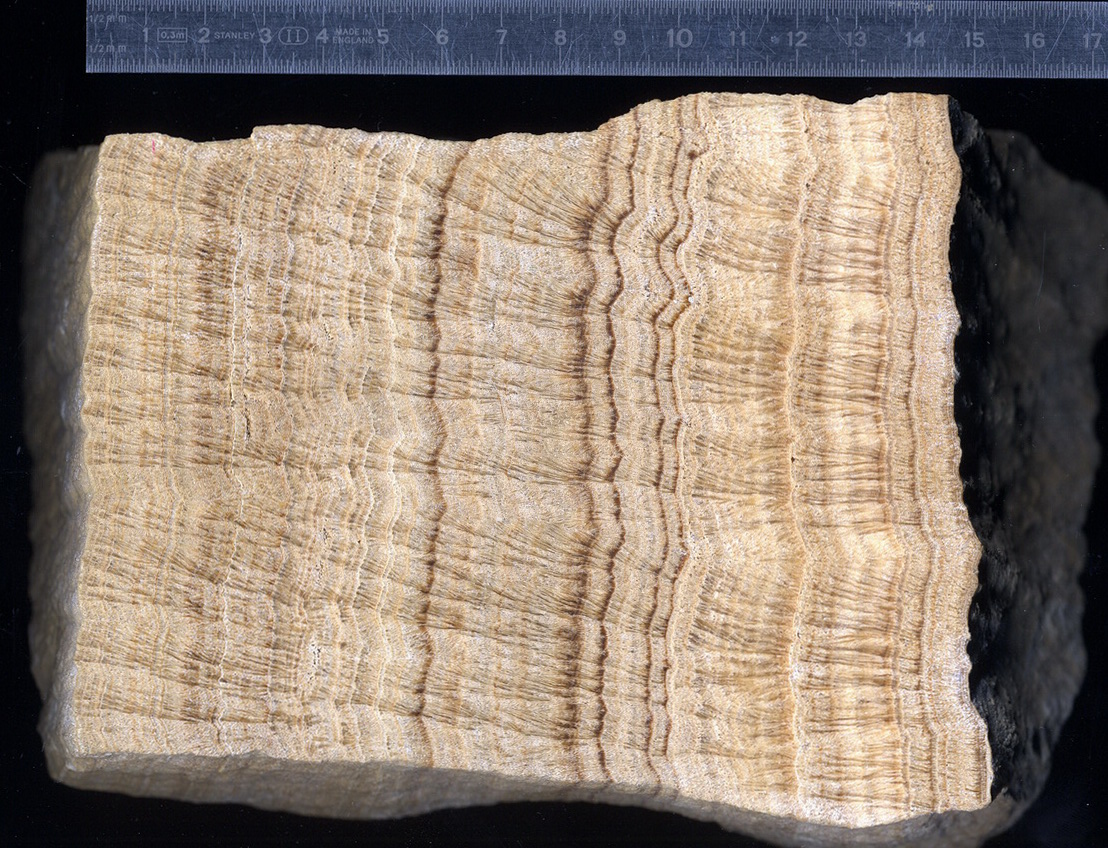|
Beclabito Formation
The Beclabito Formation is a late Jurassic sedimentary geologic formation, found in northwestern New Mexico and northeastern Arizona. Description The formation is composed mostly of thinly bedded sandstone, siltstone, and mudstone which is reddish-orange to reddish-brown in color. The sandstone is very fine to medium grained and displays ripple crossbedding, trough crossbedding, and horizontal laminations. The siltstones are reddish-brown and show wavy laminations. The formation is thick. The formation conformably overlies the Todilto Formation and conformably underlies the Bluff Formation. The formation is interpreted as having been deposited in a marginal marine or coastal sabkha A sabkha () is a predominately coastal, supratidal mudflat or sandflat in which evaporite-saline minerals accumulate as the result of a semiarid to arid climate. Sabkhas are gradational between land and intertidal zone within restricted coast ... environment. Investigative history The forma ... [...More Info...] [...Related Items...] OR: [Wikipedia] [Google] [Baidu] |
Formation (stratigraphy)
A geological formation, or simply formation, is a body of rock having a consistent set of physical characteristics (lithology) that distinguishes it from adjacent bodies of rock, and which occupies a particular position in the layers of rock exposed in a geographical region (the stratigraphic column). It is the fundamental unit of lithostratigraphy, the study of strata or rock layers. A formation must be large enough that it can be mapped at the surface or traced in the subsurface. Formations are otherwise not defined by the thickness (geology), thickness of their rock strata, which can vary widely. They are usually, but not universally, tabular in form. They may consist of a single lithology (rock type), or of alternating beds of two or more lithologies, or even a heterogeneous mixture of lithologies, so long as this distinguishes them from adjacent bodies of rock. The concept of a geologic formation goes back to the beginnings of modern scientific geology. The term was used by ... [...More Info...] [...Related Items...] OR: [Wikipedia] [Google] [Baidu] |
Crossbedding
In geology, cross-bedding, also known as cross-stratification, is layering within a stratum and at an angle to the main bedding plane. The sedimentary structures which result are roughly horizontal units composed of inclined layers. The Principle of original horizontality, original depositional layering is tilted, such tilting not being the result of post-depositional Fold (geology), deformation. Cross-beds or "sets" are the groups of inclined layers, which are known as cross-strata. Cross-bedding forms during deposition on the inclined surfaces of bedforms such as Ripple marks, ripples and dunes; it indicates that the Sedimentary depositional environment, depositional environment contained a flowing medium (typically water or wind). Examples of these bedforms are ripples, dunes, Antidune, antidunes, sand waves, hummocks, Shoal, bars, and River delta, delta slopes.Collinson, J.D., Thompson, D.B., 1989, Sedimentary Structures (2nd ed): Academic Division of Unwin Hyman Ltd, Winchest ... [...More Info...] [...Related Items...] OR: [Wikipedia] [Google] [Baidu] |
Jurassic System Of North America
The Jurassic ( ) is a Geological period, geologic period and System (stratigraphy), stratigraphic system that spanned from the end of the Triassic Period million years ago (Mya) to the beginning of the Cretaceous Period, approximately 143.1 Mya. The Jurassic constitutes the second and middle period of the Mesozoic, Mesozoic Era as well as the eighth period of the Phanerozoic, Phanerozoic Eon and is named after the Jura Mountains, where limestone strata from the period were first identified. The start of the Jurassic was marked by the major Triassic–Jurassic extinction event, associated with the eruption of the Central Atlantic magmatic province, Central Atlantic Magmatic Province (CAMP). The beginning of the Toarcian Age started around 183 million years ago and is marked by the Toarcian Oceanic Anoxic Event, a global episode of Anoxic event, oceanic anoxia, ocean acidification, and elevated global temperatures associated with extinctions, likely caused by the eruption of the Kar ... [...More Info...] [...Related Items...] OR: [Wikipedia] [Google] [Baidu] |
Oxfordian Stage
The Oxfordian is, in the ICS' geologic timescale, the earliest age of the Late Jurassic Epoch, or the lowest stage of the Upper Jurassic Series. It spans the time between 161.5 ± 1.0 Ma and 154.8 ± 0.8 Ma (million years ago). The Oxfordian is preceded by the Callovian and is followed by the Kimmeridgian. Stratigraphic definitions The Oxfordian Stage was called "Clunch Clay and Shale" by William Smith (1815–1816); in 1818 W. Buckland described them under the unwieldy title "Oxford, Forest or Fen Clay". The term Oxfordian was introduced by Alcide d'Orbigny in 1844. The name is derived from the English city of Oxford, where the beds are well developed, but they crop out almost continuously from Dorset to the coast of Yorkshire, generally forming low, broad valleys. They are well exposed at Weymouth, Oxford, Bedford, Peterborough, and in the cliffs at Scarborough, Red Cliff and Gristhorpe Bay. Rocks of this age are found also in Uig and Skye. The base of the Oxfordian Sta ... [...More Info...] [...Related Items...] OR: [Wikipedia] [Google] [Baidu] |
Jurassic Formations Of New Mexico
The Jurassic ( ) is a geologic period and stratigraphic system that spanned from the end of the Triassic Period million years ago (Mya) to the beginning of the Cretaceous Period, approximately 143.1 Mya. The Jurassic constitutes the second and middle period of the Mesozoic Era as well as the eighth period of the Phanerozoic Eon and is named after the Jura Mountains, where limestone strata from the period were first identified. The start of the Jurassic was marked by the major Triassic–Jurassic extinction event, associated with the eruption of the Central Atlantic Magmatic Province (CAMP). The beginning of the Toarcian Age started around 183 million years ago and is marked by the Toarcian Oceanic Anoxic Event, a global episode of oceanic anoxia, ocean acidification, and elevated global temperatures associated with extinctions, likely caused by the eruption of the Karoo-Ferrar large igneous provinces. The end of the Jurassic, however, has no clear, definitive boundary with the ... [...More Info...] [...Related Items...] OR: [Wikipedia] [Google] [Baidu] |
Curtis Formation
The Curtis Formation is a geologic formation in Utah. It preserves fossils dating back to the Callovian age of the Jurassic period. Description The Curtis Formation is composed of shallow marine sandstone, with thin beds of mudstone and minor limestone and gypsum. The sandstone is grayish-green in color and flat bedded or cross bedded. The presence of glauconite and marine invertebrate fossils indicates it was laid down in a shallow marine environment that became hypersaline towards the end of deposition. It represents a high stand of the Sundance Sea in the Callovian.Lucas and Anderson 1992 History of investigation The formation was first described by Gilluly and Reeside in 1928 and named for exposures in the northeast San Rafael Reef at Curtis Point (). Pipiringos and Imlay reassigned the Curtis as a member of the Stump Formation in 1979,Pipiringos and Imlay 1979 but this was rejected by Peterson in 1988.Peterson 1988 Footnotes See also * List of fossiliferous strat ... [...More Info...] [...Related Items...] OR: [Wikipedia] [Google] [Baidu] |
Summerville Formation
The Summerville Formation is a geological formation in New Mexico, Colorado, and Utah of the Southwestern United States. It dates back to the Oxfordian stage of the Late Jurassic.Wilcox 2007 Description The formation consists of up to of red mudstone, with thin interbeds of green and red sandstone. The lower portion of the formation shows polygonal desiccation cracks and localized salt-hopper casts while the upper portion contains considerable gypsum, consistent with deposition in a sabkha on the margin of the Sundance Sea.It is exposed in the San Rafael Reef, the Waterpocket Fold, in the Henry Mountains, with additional exposures scattered across the region from the San Rafael Reef to the Paradox Basin, and in north-central New Mexico. The thin bedding is characteristic throughout the formation, but gypsum is not found in the San Juan Basin and some conglomerate is found on the south and southwestern margins of the formation.Lucas and Anderson 1992, p.81 The correlation of la ... [...More Info...] [...Related Items...] OR: [Wikipedia] [Google] [Baidu] |
Sabkha
A sabkha () is a predominately coastal, supratidal mudflat or sandflat in which evaporite-saline minerals accumulate as the result of a semiarid to arid climate. Sabkhas are gradational between land and intertidal zone within restricted coastal plains just above normal high-tide level. Within a sabkha, evaporite-saline mineral sediments typically accumulate below the surface of mudflats or sandflats. Evaporite-saline minerals, tidal-flood, and aeolian deposits characterize many sabkhas found along modern coastlines. The accepted type locality for a sabkha is at the southern coast of the Persian Gulf, in the United Arab Emirates.Neuendorf, K.K.E., J.P. Mehl, Jr., and J.A. Jackson, eds. (2005) ''Glossary of Geology'' (5th ed.). Alexandria, Virginia, American Geological Institute. 779 pp. Tucker, M.E. and Wright, V.P., 2009. ''Carbonate sedimentology.'' John Wiley & Sons. and Warren, J.K., 2006. Evaporites: sediments, resources and hydrocarbons. Springer Science & Business Media ... [...More Info...] [...Related Items...] OR: [Wikipedia] [Google] [Baidu] |
Contact (geology)
A geological contact is a boundary which separates one rock body from another. A contact can be formed during Deposition (geology), deposition, by the Intrusion (geology), intrusion of magma, or through Fault (geology), faulting or other deformation of rock beds that brings distinct rock bodies into contact. The geologic subdiscipline of stratigraphy is primarily concerned with depositional contacts,Boggs 2006, p. 401 while faults and shear zones are of particular interest in structural geology. Faults and shear zones can be regarded as a form of secondary structure in the rock beds.Davis and Kluth 2011, p.21 Types of contacts Depositional Conformable Conformable contacts represent no time gap in the geologic record. They are usually planar, though they may have slightly irregular topography. These contacts represent continual, uninterrupted deposition and accumulation of sedimentary rocks, or represent lava flows. A conformable contact can be ''abrupt'', where the contact ... [...More Info...] [...Related Items...] OR: [Wikipedia] [Google] [Baidu] |
Lamination (geology)
In geology, lamination () is a small-scale sequence of fine layers (: laminae; : lamina) that occurs in sedimentary rocks. Laminae are normally smaller and less pronounced than bedding (geology), bedding. Lamination is often regarded as planar structures one centimetre or less in thickness, whereas bedding layers are greater than one centimetre. However, structures from several millimetres to many centimetres have been described as laminae. A single sedimentary rock can have both laminae and beds. Description Lamination consists of small differences in the type of sediment that occur throughout the rock. They are caused by cyclic changes in the supply of sediment. These changes can occur in grain size, clay percentage, microfossil content, organic material content or mineral content and often result in pronounced differences in colour between the laminae. Weathering can make the differences even more clear. Lamination can occur as parallel structures (parallel lamination) or in d ... [...More Info...] [...Related Items...] OR: [Wikipedia] [Google] [Baidu] |







